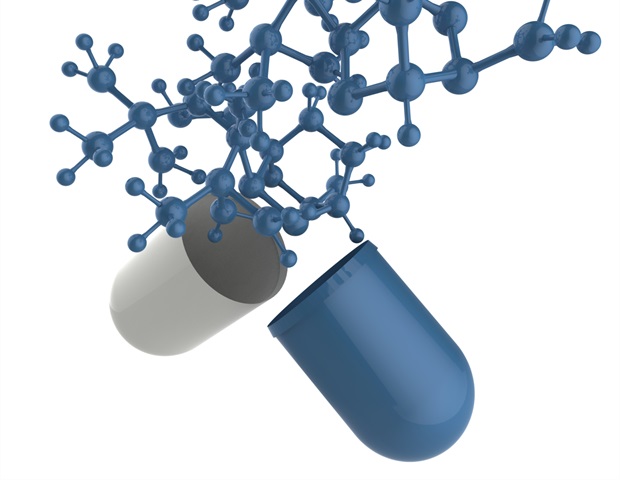TOPLINE:
Most smokers do successfully quit after their first attempt. Switching patients from nicotine replacement therapy like the patch and lozenge to varenicline and increasing the dosage helped more people achieve abstinence from cigarettes, according to a new study.
METHODOLOGY:
- The double-blind, placebo-controlled, randomized trial included 490 participants who took 2 mg of varenicline or used a 21-mg nicotine patch and a 2-mg lozenge for the initial 6 weeks of their first attempt at quitting smoking.
- Participants who failed to abstain from cigarette smoking after the initial period were re-randomized to continue the same treatment, switch therapies, or increase the dosages to ≥ 3 mg of varenicline or a 42-mg patch and lozenges for another 6 weeks.
- Data were analyzed over a 4-year period starting in 2015 of adults up to age 75 who smoked 20 cigarettes a day on average and did not have unstable psychiatric disorders.
- At the conclusion of initial treatment, the varenicline group consisted of 157 people who failed to abstain from smoking and 191 people who failed in the nicotine replacement therapy group.
TAKEAWAY:
- After the initial intervention period, the prescription drug appeared to be more effective for smoking cessation: 22% of those who received combined nicotine replacement therapy (CNRT) abstained from smoking (95% credible interval [Crl], 12%-27%) and 36% abstained in the varenicline group (95% CrI, 30%-42%).
- For those who did not achieve abstinence after 6 weeks of using nicotine replacement therapy (NRT), 14% eventually quit after switching to varenicline for another 6 weeks; 14% achieved success after increasing their NRT patch dosage; and 8% were successful who continued with their original NRT dosage.
- Among the people who were originally taking varenicline and did not achieve cessation success, 32% were assigned to increase their dosage to ≥ 3 mg, and one fifth of these people were able to quit after the second intervention period; only 3% were successful who continued their original dosage, and no participants achieved abstinence who were switched to NRT.
- Increasing the varenicline dosage had an absolute risk difference of 18% (95% CrI, 13%-24%).
IN PRACTICE:
“For individuals who smoked but did not achieve abstinence after treatment with varenicline, increasing the dosage enhanced abstinence versus continuing, whereas for nonabstainers initially treated with CNRT, a dosage increase or switch to varenicline enhanced abstinence and may be viable rescue strategies,” the study authors wrote.
SOURCE:
The study was led by Paul M. Cinciripini, PhD, and colleagues from the Department of Behavioral Science at the University of Texas MD Anderson Cancer Center, Houston, and published in JAMA.
LIMITATIONS:
Participants who did not abstain in the first phase and did not return were re-randomized to the same dosage group, which decreased the rate of randomization. Using 2-mg lozenges instead of 4 mg may have limited the effectiveness of the CNRT for heavier smokers. Some interventions were off-label, including increasing the varenicline dose to 3 mg.
DISCLOSURES:
Several authors reported receiving grants and fees outside the submitted work. No other disclosures were reported. The study was supported by a grant from the Cancer Prevention and Research Institute of Texas, the University of Texas MD Anderson Lung Cancer Moon Shot Program, and the State of Texas Permanent Health Funds. Varenicline was provided by Pfizer Pharmaceuticals.








